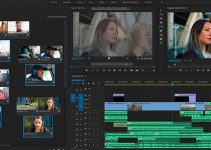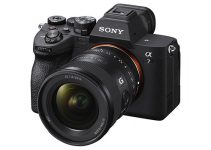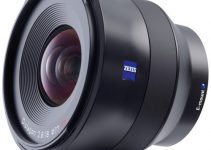Overall, it won’t be too far from the truth to say that filmmaking community has been quite polarized in regards to Sony’s mirrorless camera lineup in the past few years. On one hand, these devices have the potential to destroy every other camera that pretends to be a low-light rival and gets in the way. On the other hand, their color science has become infamous with the odd greenish tint, pale skin tones, and mediocre color accuracy. While these aspects are not a huge deal breaker for some users, they seem to be more than a serious consideration for others, especially when it comes to taking the leap and shelling out the cash.
Even though the recent release of the Sony A7RIII has been followed by a multitude of positive reviews, many people bring up the question regarding the color science behind the A7RIII and its improvements when compared to the A7RII. Colorado-based filmmaker Dave Dugdale puts the two counterparts to the test to determine which one performs better in the color department.
The purpose of the first test compares the color produced by each camera while shooting in a typical outdoor environment. When comparing the cameras, Dave also cycled through different picture profiles to spot any possible changes Sony made to the color.
It quickly becomes evident that there is a subtle difference between the A7RIII and its predecessor. Particularly, the A7RIII has produced blues that were leaning more towards a purple tint, whereas the A7RII provided a more color accurate representation under the same conditions.
You can even see this discrepancy by jumping into the final shot of the video where Dave is wearing a blue hoodie. It’s very evident that the A7RIII shifted blue tones to more of a purplish tint, whereas the A7RII did a decent job maintaining accurate colors in the blue channel.
Other than the differences above, the rest of the color spectrum looks similar between the cameras. In the meantime, the outcome shouldn’t be much different if you plan to shoot with other picture profiles, including the S-Log 2. The inconsistency between the two cameras in this mode should still be noticeable despite the flat image. In case you want to match the two counterparts and get them as close as possible, the Neutral profile would be your best bet.
Looking at video shot at sunset, it’s easy to figure out that both cameras come very close to each other in terms of color. If you look into details, though, the A7RII seems to represent the orange glow of the sun with a bit more intensity in the hue. Yet, the difference would be negligible to the untrained eye.
The last comparison made in the video (besides the blue hoodie shot) focuses on skin tone representation. If you take a look at the shots below, there is still a clear difference between the two cameras, with the A7RIII providing more accurate skin tones and the green-tint issue much improved as a result.
Of course, the interpretation of these tests is entirely subjective and shouldn’t be considered as a technical analysis by any means. Nonetheless, it should give you a few guidelines what to expect in terms of color the next time you plan to shoot video with either of these cameras.
[source: Dave Dugdale]
Order Links:
- Sony Alpha a7R II Mirrorless Digital Camera (Body Only) (B&H, Amazon US)
- Sony Alpha a7R III Mirrorless Digital Camera (Body Only) (B&H, Amazon US)
Disclaimer: As an Amazon Associate partner and participant in B&H and Adorama Affiliate programmes, we earn a small comission from each purchase made through the affiliate links listed above at no additional cost to you.
Claim your copy of DAVINCI RESOLVE - SIMPLIFIED COURSE with 50% off! Get Instant Access!





